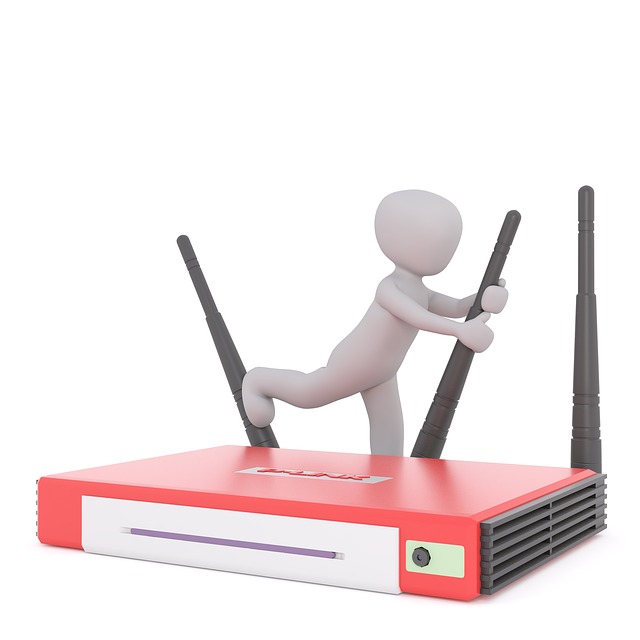At this point, just about everyone is familiar with connecting their cell phone, laptop or tablet to a wireless network. Wireless networks are created by connecting an Internet access point, like a modem, to a wireless router, which then sends a signal through the air to a Wi-Fi enabled device. However, if you don’t know how to secure your wireless network, you may find out the hard way how easy it is for hackers to use it to launch malicious attacks on your computer.
Enable Encryption
If you’re wondering how to secure your wireless network, the first thing most experts will tell you to do is enable encryption on your router. Essentially, encrypting your Wi-Fi will scramble the information contained in the messages sent between your device and router, which restricts open access from other users. There are typically two types of encryption from which users choose: Wired Equivalent Privacy and Wi-Fi Protected Access. WEP was developed in the late 90’s and has shown plenty of flaws throughout the years. Though WEP is better than nothing, WPA, particularly WPA2 should be your encryption method of choice because it is drastically more secure. After encryption is enabled, you’ll have to choose a password. The longer the password, the harder it is for a hacker to guess. Keep in mind that the ways by which you enable encryption on your router will vary depending on its manufacturer and model, so visit their website if you have trouble.
Fire up the Firewall
Turning on your router’s firewall is a great way to stop unwelcome intrusions to your network. Plenty of wireless routers come with firewalls built in, but they may be turned off. It’s important to check that the firewall is actually on and not just assume that it is.
Filter Access Using MAC Addresses
MAC addresses don’t necessarily have to do with Apple products. In this case, MAC stands for Machine Access Code, which is a unique identification number for each device. Most routers will give you the option to filter access based on MAC addresses, enabling only devices you have preapproved to access the Wi-Fi. Finding the MAC address of Windows operating systems and Mac OS X varies a bit, but it’s not too difficult to find on either. It is possible for hackers to clone a MAC address in order to fool a router, so filtering MAC addresses should be used in tandem with other security measures.
Change the Default Name of the Network
A network’s name is called its service set identifier (SSID). When you try to connect to a wireless network, you’ll be given a list of the name of each network nearby. Manufacturers give most of their routers a default name, so it’s wise to name your own. To protect your privacy, don’t name your network after anything personal, like a family member.
Change Default Passwords
Wireless routers also come with preset passwords. Since many routers come from the factory with the same password, a hacker will have an easy time of guessing the password to your network. Once again, longer passwords with combinations of upper- and lower-case letters, numbers and symbols are harder for people to crack.
Remove Remote Administration
Disallowing remote administration sets your router so that security modifications can only be made through a wired connection to your router. This way, in case someone else does gain access to your Wi-Fi, they still won’t be able to change your security settings. This option is likely located in your router’s administrative settings.
Source: tcitechs.com

